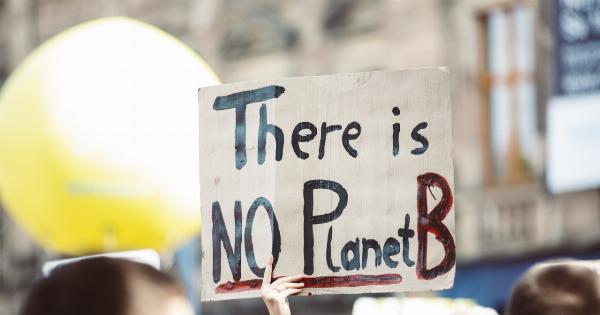Extremely is a term used to describe situations or things that are beyond normal or average. Extremely can refer to something that is exceptionally good or bad.
This term can be used to describe a variety of things such as weather, emotions, opinions, or events. Extreme situations can be challenging to deal with and can have a profound impact on people’s lives. This article will explore the origins of the term extremely and ways to eliminate extreme situations.
Origins of the term extremely
The term extreme comes from the Latin word “extremus,” which means “outermost” or “utmost.” The word extreme was first used in the English language in the 15th century and was used to describe situations that were beyond the norm. The term extremely emerged in the English language in the 17th century. The word extremely is an adverb derivation of the word extreme.
Types of extreme situations
Extreme situations can take many forms and can have a profound impact on people’s lives. Here are the most common types of extreme situations:.
1. Natural disasters
Natural disasters such as hurricanes, earthquakes, and tornadoes can have a profound impact on people’s lives. These events can cause death, injury, and property damage.
Natural disasters can also disrupt people’s lives and can lead to the loss of homes, jobs, and communities.
2. Health emergencies
Health emergencies such as pandemics, epidemics, and outbreaks can have a profound impact on people’s lives. These events can cause death, illness, and can lead to the loss of livelihoods.
Health emergencies can also disrupt the economy and cause social unrest.
3. Financial crises
Financial crises such as economic recessions, stock market crashes, and bankruptcies can have a profound impact on people’s lives. These events can cause job loss, wage cuts, and can lead to the loss of home and livelihood.
Financial crises can also disrupt the economy and cause social unrest.
4. Social unrest
Social unrest such as riots, protests, and political instability can have a profound impact on people’s lives. These events can cause death, injury, and property damage. Social unrest can also disrupt the economy and cause political instability.
Ways to eliminate extreme situations
Eliminating extreme situations can be challenging and require a combination of individual and collective efforts. Here are some ways to eliminate extreme situations:.
1. Disaster preparedness
Preparation is key to dealing with natural disasters. Communities and individuals must prepare adequately for disasters by having a plan in place and having necessary items such as food and water supplies, first aid kits, and a means of communication.
Disaster preparedness can help minimize the impact of natural disasters and can help save lives.
2. Health and safety measures
Health and safety measures such as vaccination, proper hygiene practices, and sanitation can help prevent and control health emergencies. These measures can help stop the spread of diseases and save lives.
3. Fiscal responsibility
Individuals and governments must practice fiscal responsibility to prevent financial crises. Fiscal responsibility involves living within one’s means, saving and investing wisely, and avoiding excessive debt.
Governments must also practice fiscal responsibility by implementing sound financial policies and regulations.
4. Strengthening democracy and social cohesion
Strengthening democracy and social cohesion can prevent social unrest. This involves promoting inclusivity, diversity, and tolerance. Governments must also respect human rights, promote the rule of law, and address inequality and marginalization.
Conclusion
Extreme situations can have a profound impact on people’s lives. Eliminating extreme situations requires individual and collective efforts.
Disaster preparedness, health and safety measures, fiscal responsibility, and strengthening democracy and social cohesion are some ways to eliminate extreme situations. By working together, we can create a safer, healthier, and more peaceful world.


























